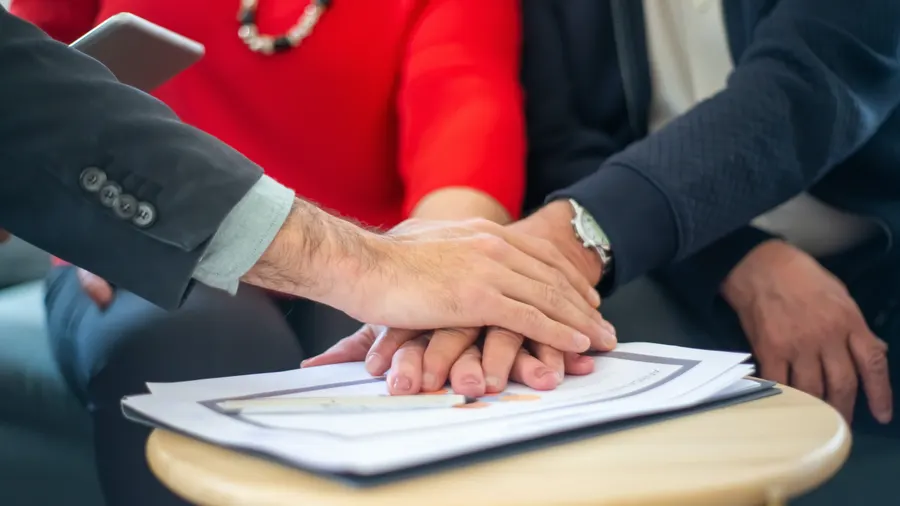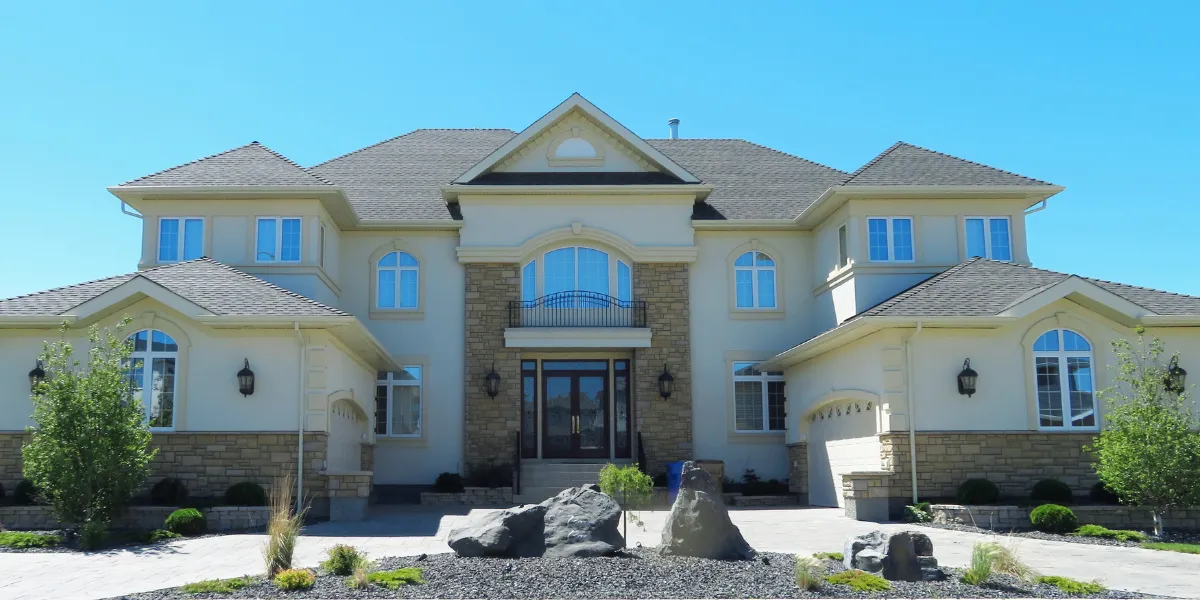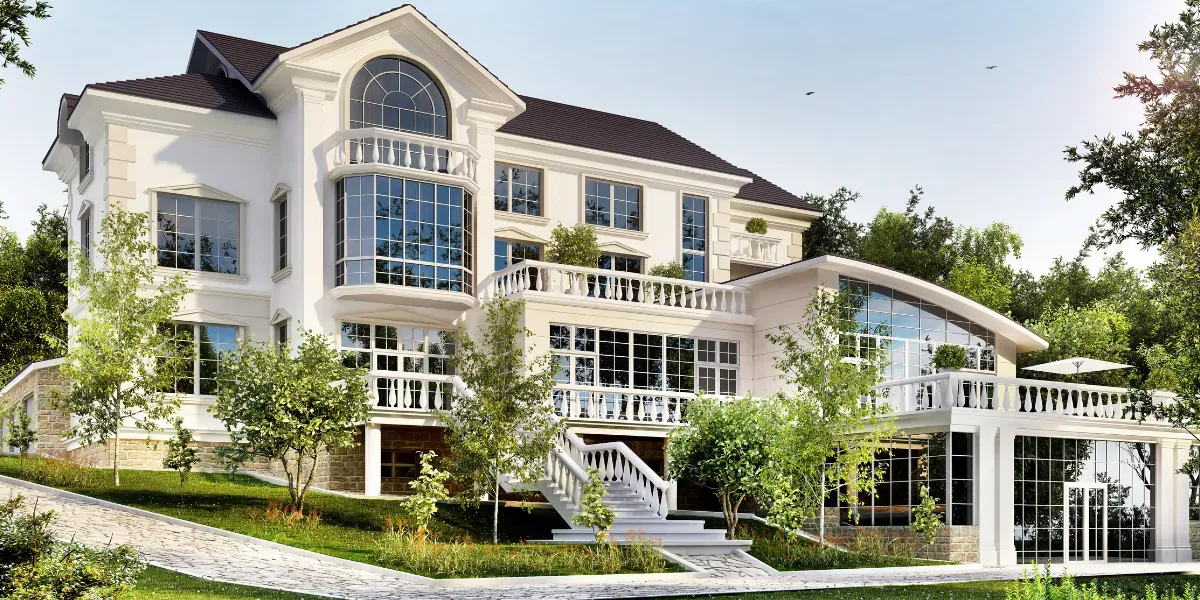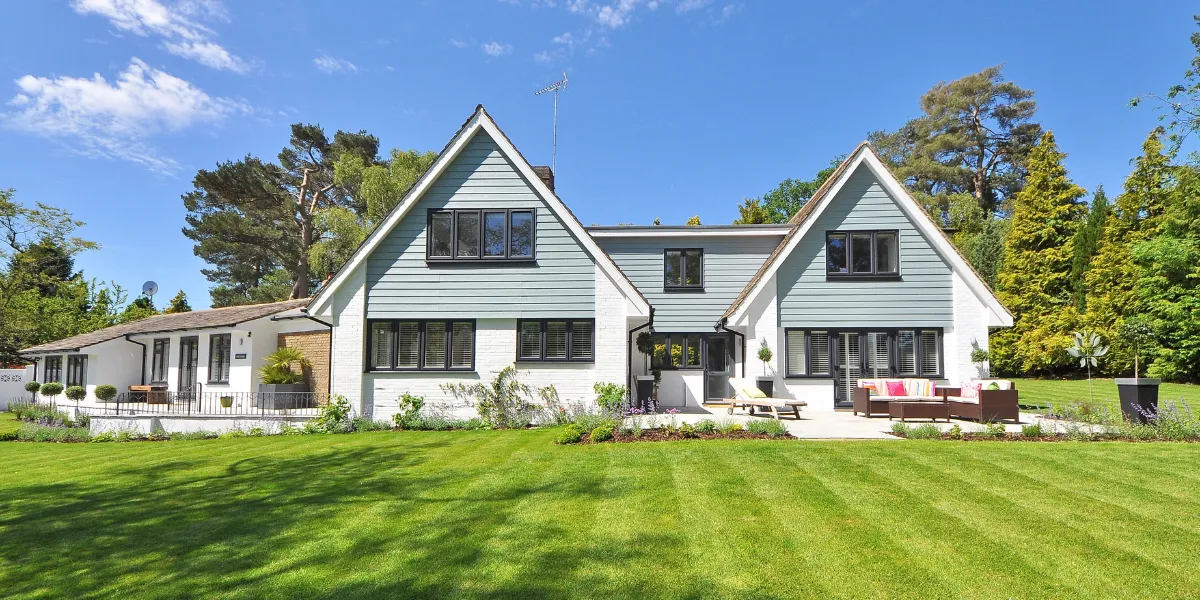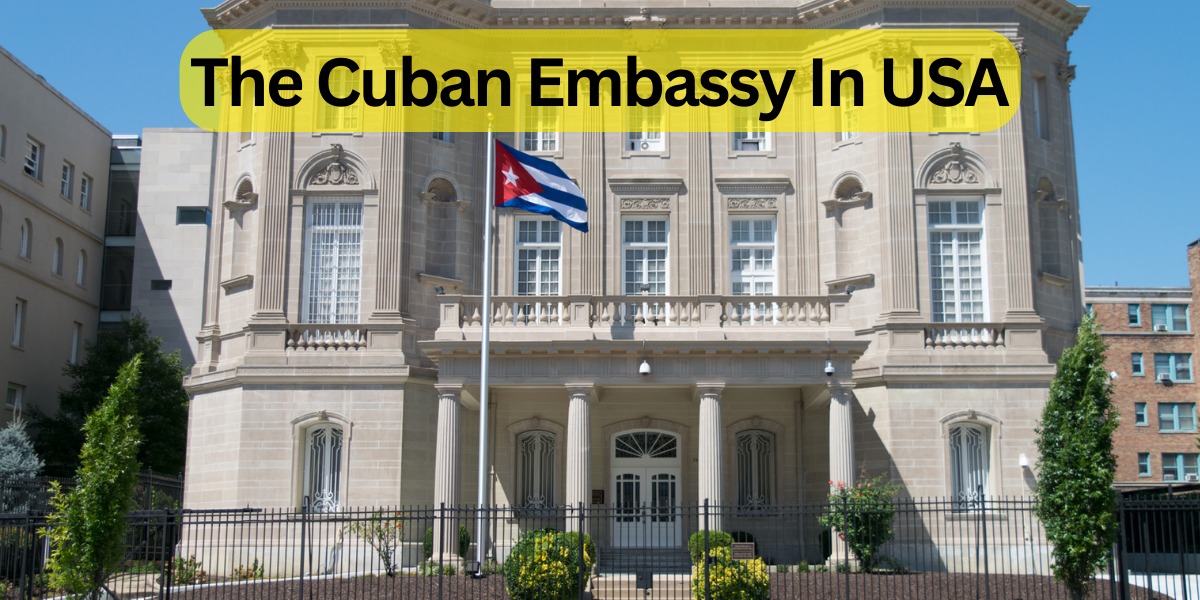Welcome to our latest blog post where we’re going to delve into one of the most fascinating topics in current international relations – the recent reopening of the Cuban Embassy in Washington D.C. After more than five decades of severed ties, this historic move has sparked much debate and speculation about what it means for both countries’ futures.
From political implications to cultural significance, there’s a lot to unpack when it comes to this momentous event. So take a seat, grab your favorite beverage, and let’s explore everything you need to know about the Cuban embassy in the USA!
History Of The Cuban Embassy In The United States
The Cuban Embassy in Washington, D.C. has been located at Sixth and K Streets NW since 1902. The building was designed by architect James Renwick, Jr., and constructed for a cost of $135,000.
The first Cuban ambassador to the United States, Manuel de Céspedes y Rojas (1819-1892), arrived in 1875. He was soon followed by José Martí (1853-1895), who became Cuba’s most famous revolutionary leader. In 1880, Martí delivered his historic “Infallible Address to the Cuban People” from the steps of the Cuban embassy in Washington.
In 1898, during the Spanish American War, Cuban revolutionaries seized control of Havana and declared it an autonomous republic under the leadership of General Antonio Maceo. The United States recognized this provisional government on February 20, 1898 and began to provide military assistance to its fighters against Spain.
On December 10, 1898, Congress passed the Platt Amendment as part of the Treaty of Paris which ended the Spanish American War and granted Cuba independence with a joint U.S.-Spanish occupation force remaining until January 6, 1899. The embassy reopened on May 1st following negotiations between United States Secretary of State John Hay and Spanish Ambassador Isidro Pedraza concerning property seizures by U.S. troops during their occupation.
In 1902, the Cuban embassy moved to its current location at Sixth and K Streets NW. The building was designed by architect James Renwick, Jr., in the Beaux-Arts style.
The Cuban embassy has been the target of several terrorist attacks over the years. In 1976, a group of Cuban-American terrorists placed a bomb on the steps of the embassy, but it failed to detonate. In 1985, another group of Cuban-American terrorists attempted to plant a bomb in the embassy’s parking garage, but their plot was foiled when they were caught by security guards.
Current Situation At The Cuban Embassy In The United States
The Cuban embassy in the United States is currently closed due to a power outage. The U.S. Department of State has issued a travel warning for Cuba, advising Americans not to travel there. The embassy reopened on Saturday morning but is still not operating at full capacity.
What To Expect If You Visit The Cuban Embassy In The United States
If you’re visiting the Cuban embassy in the United States, be prepared for long lines and frustrating waits. The embassy is usually quite crowded and visitors may need to wait up to an hour or more before being able to enter. In addition, the embassy does not issue visas on arrival so visitors will need to have a valid passport or tourist card. Visitors are also not allowed to take photographs inside the embassy.
The Cuban embassy in the United States is a significant diplomatic presence in the country and plays an important role in relations between Cuba and the United States. The embassy provides support to Cubans living in the US, offers cultural programs, promotes trade ties, and assists US businesses interested in doing business with Cuba. In addition to its diplomatic responsibilities, the embassy also operates a library and conducts educational activities for Americans interested in learning more about Cuba.


